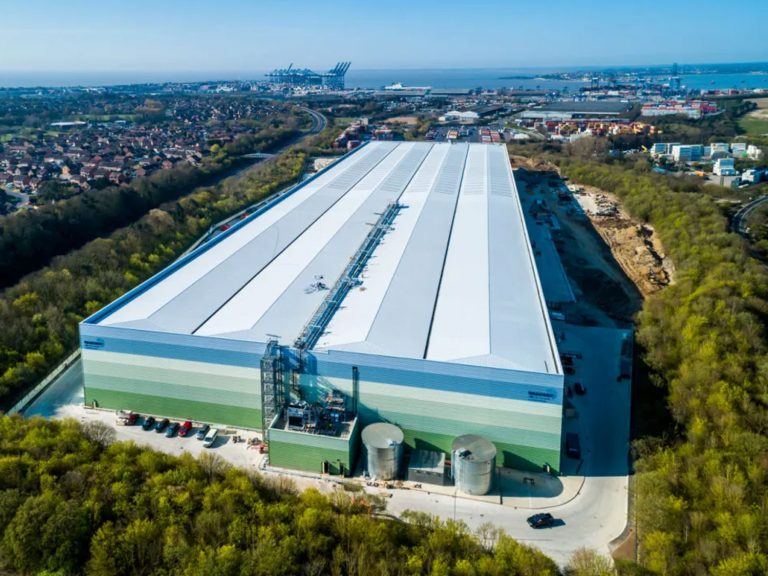
Date:
Metro invest as EV/Lithium battery demand focus attention on safety
With over 70 fires on container ships blamed on hazardous cargo, chemicals and batteries in the past five years and an onboard Li-ion fire contributing to the fatal crash of a UPS Flight in 2010, insurers are calling for improved regulatory clarity and the need to address transport safety issues more thoroughly.
Lithium-ion (li-ion) battery fires are not an everyday occurrence and EVs account for fewer fire incidents than internal combustion engine vehicles and while there are far fewer EVs, newer batteries are less likely to ignite or explode than used batteries.
The older the li-ion unit, the greater the chance of an incident and while these remain low, when ‘thermal runaway’ does happen, the resultant release of toxic gases such as carbon monoxide and hydrogen cyanide, create a very high temperature fire which can spread very quickly.
Currently li-ion batteries are classified as one of four UN numbers, depending on power output or the weight of lithium in them and whether they are contained within devices or shipped separately.
All four are Class 9 in the IMDG Code, which is the least hazardous ranking and dates from changes made in the late eighties, long before batteries of this size and energy capacity were conceived.
This raises concern that li-ion batteries are not classified as sufficiently hazardous and the range of potential Special Provisions increases complexity and uncertainty.
All this may have serious ramifications when a container is being accepted for shipment or a ship stowage plan is being compiled.
TT Club is calling for urgent engagement with manufacturers and OEMs to resolve the concerns of the logistics industry, with ship owners, carriers, forwarders, terminal and port operators and insurers eager to get involved in debates.
Our operations and transport teams – and in particular those working with automotive and chemical clients – have completed health and safety training for the transport of dangerous goods, including DGR, IDMG and ADR, with supporting dangerous goods safety advisers (DGSA).
We are seeing increasing numbers of automotive brands, OEM’s, chemical suppliers and manufacturers turning to our experts, to ensure their products have been correctly classified for hazard and appropriate documentation produced, because getting one piece of detail wrong can have severe consequences.
Metro’s senior management team are currently assessing a specially designed distribution centre (DC), that will incorporate state-of the-art safety equipment and be dedicated for the secure storage of lithium batteries, either in-transit, or waiting call-off.
For further information on our hazardous, chemical and automotive capability, please EMAIL Ian Tubbs.
